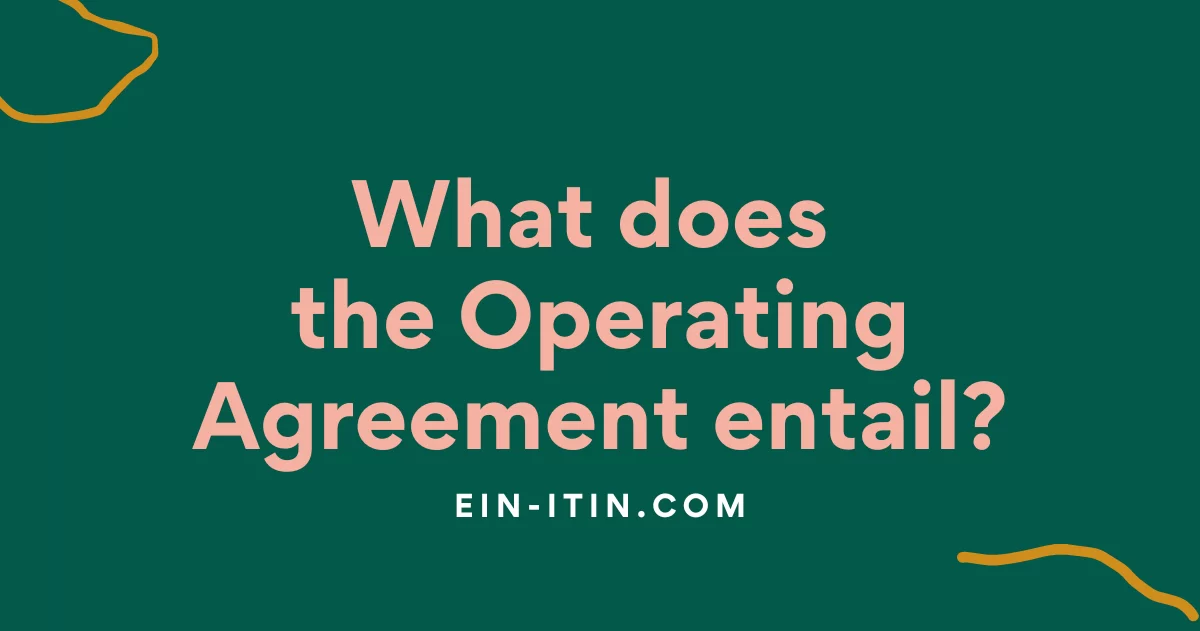An operating agreement is a crucial document that is used and required by limited companies to set out the financial and functional decisions of the business including in-house rules, regulations, and provisions. The purpose of the document is basically to manage the internal operation of the company to suit the specific requirements of the owners.
First of all, it is a legal document which means that it would lead to certain legal implications in an event of a conflict. Although most states do not require an operating agreement – still we highly recommend it for multi-member LLCs since it structures the finances and organization of the LLC-, it is mandatory in Delaware State of the USA.
It regulates; Organization, Management and Voting, Capital Contributions, Distributions, Membership Changes, and Dissolution.
- Organization: The first part of the operating contract is related to the establishment of the company. It covers when the company was founded, who the members are, and the ownership structure. If there is more than one member, they may all be equal ownership or a different amount of “ownership units”
- Management and Voting: This section discusses how the company is managed and how members vote. It is the case that the company may be managed by one of the members appointed by the members. The operating agreement determines what authority the members have on the company affairs. The decisions may be made through a voting process among the members. The operating agreement may determine the number of votes required by the company for certain actions.
- Capital Contributions: This part is about the money given by the members to start the Limited Liability Company. It covers which members have given the money to establish the company. It also covers how the members will raise extra money.
- Distributions: This part shows how the company’s profits and losses are shared among the members. This money may include physical property or other commercial assets.
- Membership Changes: This part is totally about the process of adding or removing members. It covers what might happen in the case of the transfer of company ownership. For instance, the company determines what happens if a member dies or goes bankrupt etc.
- Dissolution: In this part of the operating agreement, explain in which situations the company should be dissolved. This is sometimes called “wind up”.

Ein-itin.com is a brand of Cohen Investment LLC, act as a Certified Acceptance Agency. Ein-itin.com provides professional services to prepare and apply for an Individual Tax Identification Number (ITIN) to submit through IRS. As a Certified Acceptance agent , Ein-itin.com prepares and submits applications for an Individual Taxpayer Identification Number (“ITIN”) on behalf of their applicants. Ein-itin.com tracks the application processing and notifies ITIN Applicants for their ITIN Confirmations. Ein-itin.com understands the applicant situation, inform before the ITIN Application process. Ein-itin.com helps to applicant to apply for their ITIN in a convenient way to avoid mistakes and rejection for ITIN Application. Any individual may hire us to prepare, submit and obtain his or her ITIN Number (via W7 Form) application to the IRS.

